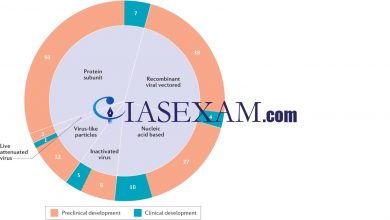14th Annual Status of Education Report (ASER) Released
The Annual Status of Education Report (ASER) 2019 paints a grim picture of learning levels in Lucknow and Varanasi. The survey observed that class 3 kids –46.2% in Lucknow and 45.9% in Varanasi—could not read or recognize 1-100 numbers.
In this report, focus was on the early years, reporting on the schooling status as well as on a range of important developmental indicators for young children in 4-8 age group. The nationwide report was prepared on the basis of survey conducted in 26 districts across 24 states including Lucknow and Varanasi of Uttar Pradesh. The survey covered a total of 1,514 villages, 30,425 households and 36,930 children in the age group of 4-8 years.
Highlights of the Report
- Only 16% of children in Class 1 in the 26 surveyed rural districts can read text at the prescribed level, while almost 40% cannot even recognize letters. Only 41% of these children could recognize two digit numbers.
- ASER surveyors visited almost 37,000 children between 4 and 8 years in 26 rural districts across 24 States.
- They asked each child to do a variety of tasks testing cognitive skills — sort images by colour and size, recognize patterns, fit together a four-piece animal puzzle — as well as simple literacy and numeracy tests. Social and emotional development was tracked through activities using cards with faces showing happiness, sadness, anger and fear.
- The survey shows that among Class 1 children who could correctly do none or only one of the tasks requiring cognitive skills, about 14% could read words, while 19% could do single digit addition. However, of those children who could correctly do all three cognitive tasks, 52% could read words, and 63% could solve the addition problem.
- The ASER report shows that a large number of factors determine the quality of education received at this stage, including the child’s home background, especially the mother’s education level; the type of school, whether anganwadis, government schools or private pre-schools; and the child’s age in Class 1.
- The report also found that a classroom could include students from a range of age-groups, skewing towards younger children in government schools. More than a quarter of Class 1 students in government schools are only 4 or 5 years old, younger than the recommended age.
SOURCE: The Hindu, www.asercentre.org





.png)



